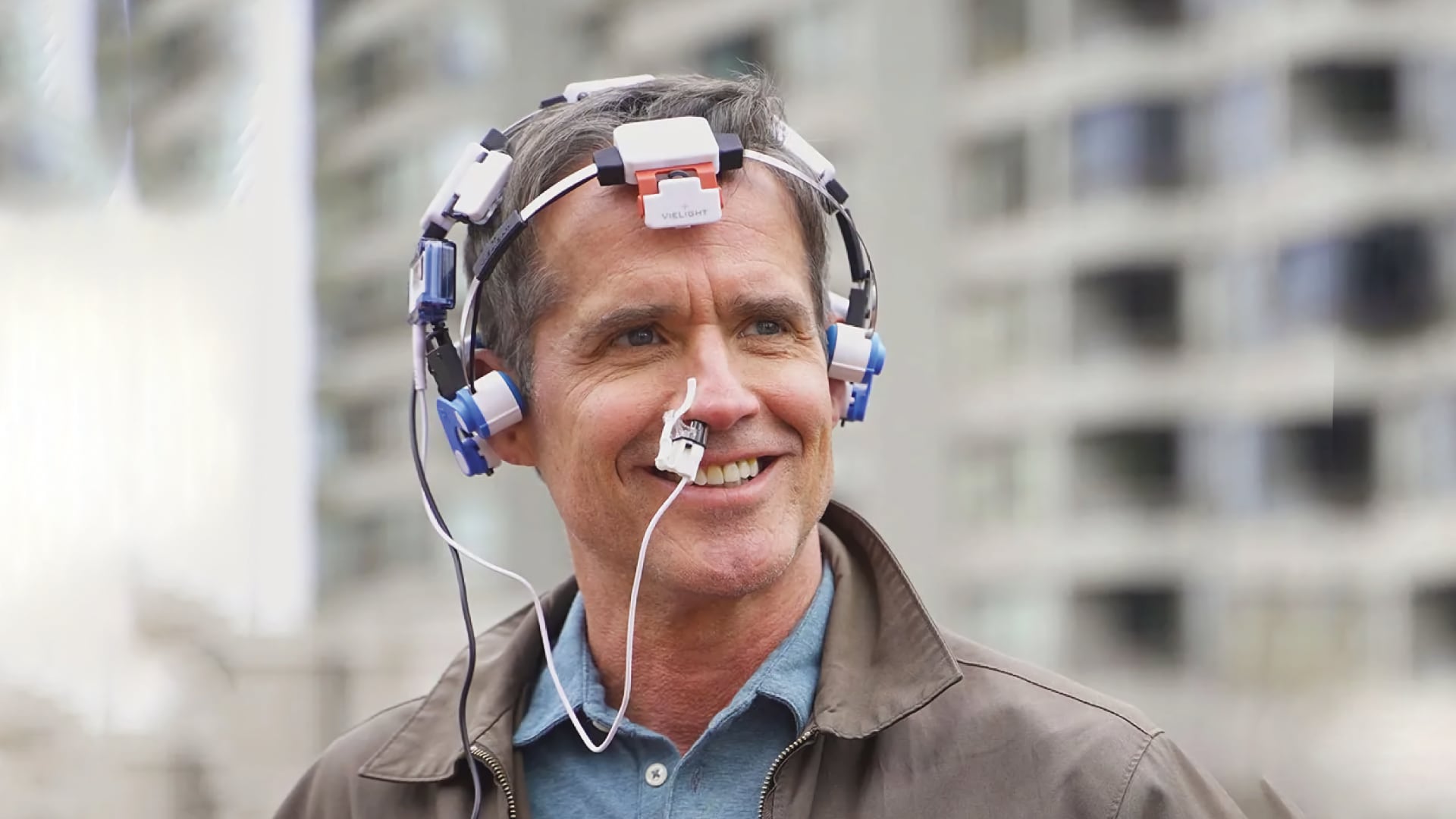About Photobiomodulation: Light That Heals from Within
Photobiomodulation (PBM) is a cutting-edge, non-invasive therapy that uses specific wavelengths of light—typically red and near-infrared—to stimulate the body’s natural healing processes at the cellular level. At Alzheimer’s Treatment Centers of America (ATCA), this science-backed treatment is used to boost brain function, improve circulation, reduce inflammation, and support recovery from neurodegeneration.
By energizing brain cells and improving cellular communication, PBM may help patients regain clarity, focus, and memory—and it’s completely safe and painless.
Frequently Asked Questions
What is Photobiomodulation?
Photobiomodulation is a light-based therapy that uses targeted red and near-infrared wavelengths to stimulate cellular repair and improve brain and body function.
How does light therapy help with Alzheimer’s and cognitive decline?
PBM boosts energy production in brain cells, improves blood flow, and reduces inflammation—key factors in slowing neurodegeneration and enhancing cognitive performance.
Is Photobiomodulation safe?
Yes! It’s FDA-cleared, non-invasive, and drug-free. Most patients find it calming and comfortable, with no downtime or side effects.
What does a PBM session feel like?
Most patients relax under a light-emitting device for about 20–30 minutes. There’s no heat or pain—just a gentle glow as the light penetrates tissue and stimulates healing.
How soon can I expect results?
Many people experience improved mental clarity, energy, or mood after a few sessions. Continued therapy offers cumulative benefits, especially when combined with other treatments at ATCA.





